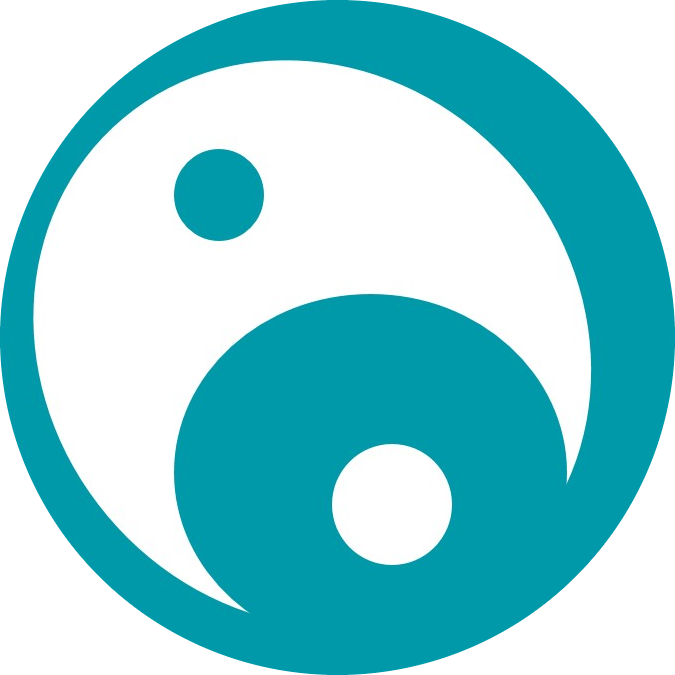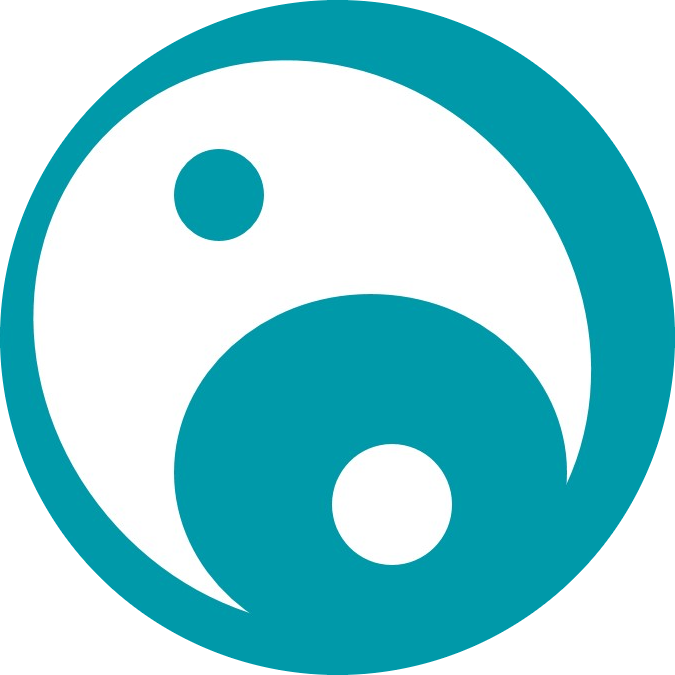Benefits of Taichi and Chikung
Although the development of these disciplines can take us far beyond health care, depending on the objectives of each practitioner, Taichi and Chikung are disciplines that from their beginnings have been linked to the strengthening and care of the health of their practitioners, since without stable health it is difficult to achieve a balance that allows achieving higher goals. These are the main benefits of Taichi and Chi Kung.
Benefits of practicing Chikung
El Chi Kung es un sistema de prácticas para el desarrollo personal que busca la fortaleza vital a través de tres aspectos de la persona: el cuerpo, la respiración y la toma de conciencia. Al trabajar atendiendo a estos tres fundamentos, los ejercicios fortalecen el cuerpo, calman la mente y elevan el espíritu. Estos tres elementos: cuerpo, mente y espíritu son indisociables en la práctica de Chi Kung , y sus beneficios para la salud derivan precisamente de la armonización de los tres, entendiendo que la persona no puede estar sana por completo si uno de los tres elementos se ha desequilibrado.
Awareness
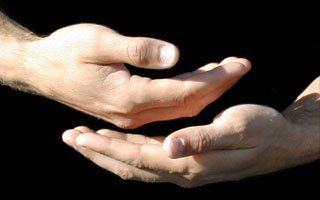
Self awareness, through self-correction posture, our presence during the movement of the body, paying attention to flow of breathing, and calm mental derived from the long-term care to these internal aspects, induce to activate our self-healing natural capacity. It is also a way to stimulate, for example, the balanced release of endogenous hormones and other recovery mechanisms. These processes are shown only active when body and mind are not subdued to continuous stress.
Attention during the practice
So the practice can produce benefits must be performed with the intention of integrating the movement (the form), the breathing and the awareness of our mind on what is happening within us in every moment. The harmony in these three aspects are born all the benefits of the Chikung practice.
“Health is not just the absence of disease but also the presence of well-being“
WHO (World Health Organization)
Benefits of the practice of tai chi
Taichi was born later than Chi Kung and has two very specific objectives: martial aspect and meditative aspect. These two objectives are indissoluble since the martial qualities come from communion with everything (the internal and the external) which is the objective of meditation. On the other hand, meditative qualities come from the capacity for full awareness in the present moment, to which the martial aspect leads us.
In practice, the difference between Tai Chi and Chi Kung is the external focus given to each of them. Chi Kung is usually practiced as a gymnastics to activate the body, focus the mind, regulate breathing and cultivate internal energy, and Tai Chi is usually practiced to develop and express said energy from a martial aspect towards one's own internal unity and with everything that surrounds us. Formally, both practices are usually differentiated by the length of the movement sequences and the greater importance given to maintaining a correct structure (firm and stable) during the movements in the practice of Tai Chi.
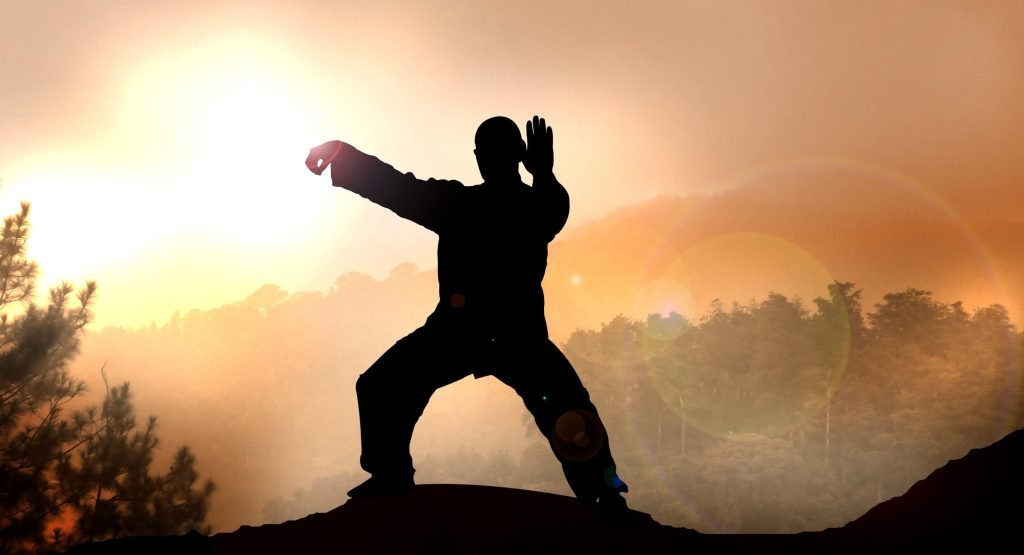
Taichi and Chikung us provide similar benefits
The practice of both disciplines bring us the same type of benefits, ideed we could even say that Tai Chi cannot be practiced - in a profound way - without the practice of Chi Kung.
They are practices from which we work on the person as a whole that cannot be dissolved into parts. When executing the exercises we move from the gravity center, connecting the movement with the rest of the body, breathing and the psycho-emotional flow of the moment. This form of execution enhances results at all levels, since nervous impulses, internal fluids, muscular movements, mental attitude, sensations, thoughts and emotions are taken into account as a whole working in a single direction: balance and harmony.
Benefits of practicing Taichi and Chikung continuously
Many people could number a long list of benefits it has brought to them by the continued practice of both Tai Chi and Chi Kung, as for example:
- Improvement of the strength and endurance of muscles and tendons, loosening the joints and giving freedom to the movement.
- Improving mobility, flexibility, balance and coordination.
- Improvement of aerobic capacity and benefits the cardiovascular system.
- Improvement in respiratory problems.
- Activation of the memory and the control of attention.
- Helps to reduce stress and anxiety.
- Increase of the coordination, and the ability of movement of the shoulder, back and waist.
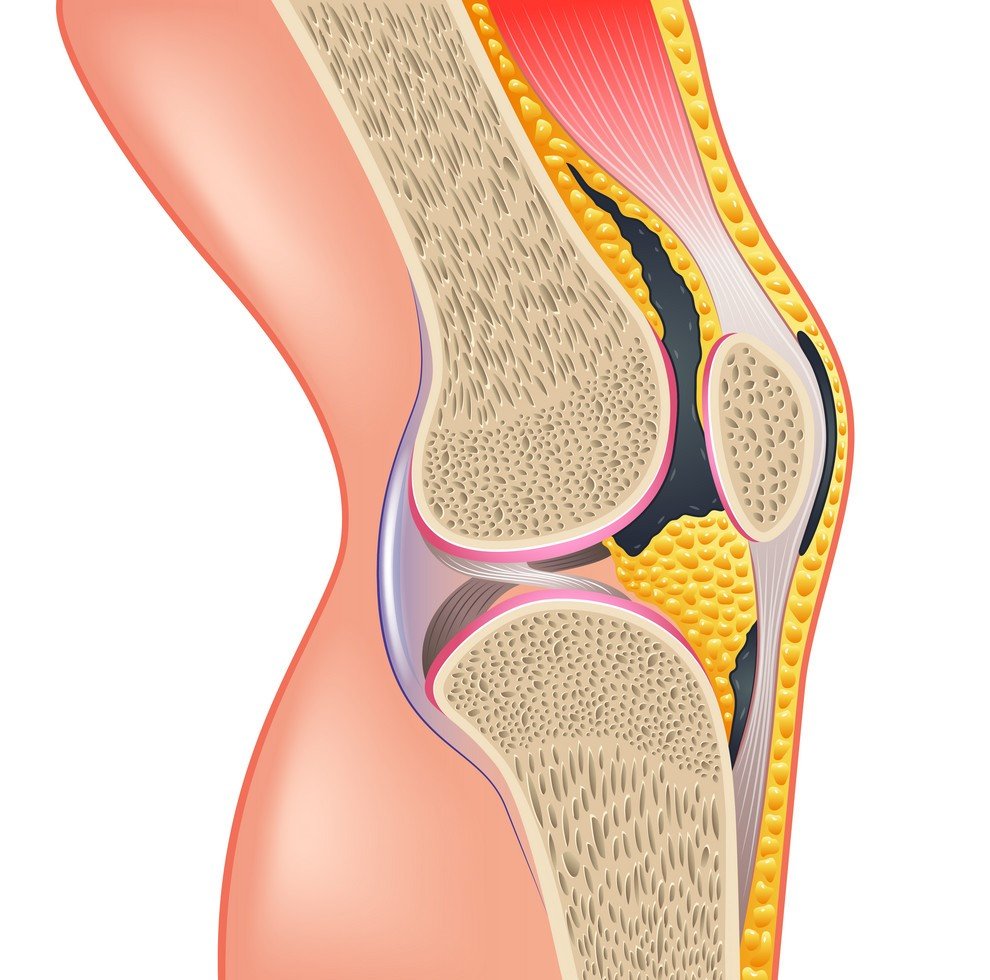
We must not forget that they can be the result of constant practice paying attention to the basic principles that govern these two disciplines, and not necessarily the objective itself.
Without deep work and broad awareness of our person in the problematic points and virtues, it is not possible to integrate the necessary elements for the practice of these disciplines to achieve significant changes in our health.
In practice we try to harmonize all the internal and external aspects of the person to move towards greater well-being in our inner space.
